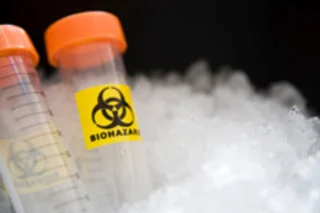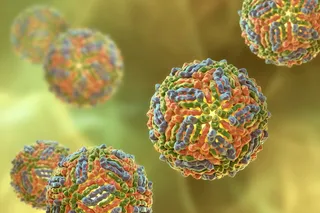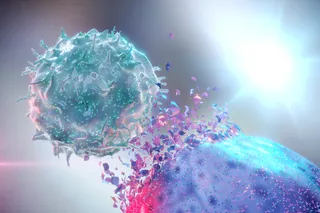The swine flu virus that has infected almost 6,500 people in 33 countries is not the product of a lab accident, World Health Organization officials declared yesterday. The health officials were arguing against a hypothesis that emerged earlier this week. An Australian researcher named Adrian Gibbs who was has been involved in the development of antiviral flu drugs issued a report
suggesting the new strain may have accidentally evolved in eggs scientists use to grow viruses and drugmakers use to make vaccines. Gibbs said he came to his conclusion as part of an effort to trace the virus’s origins by analyzing its genetic blueprint. “One of the simplest explanations is that it’s a laboratory escape,” Gibbs said.... “But there are lots of others” [Bloomberg].
Gibbs said this new virus had evolved faster than other flu viruses found in pigs, which he said suggested that it combined with other viruses being ...














